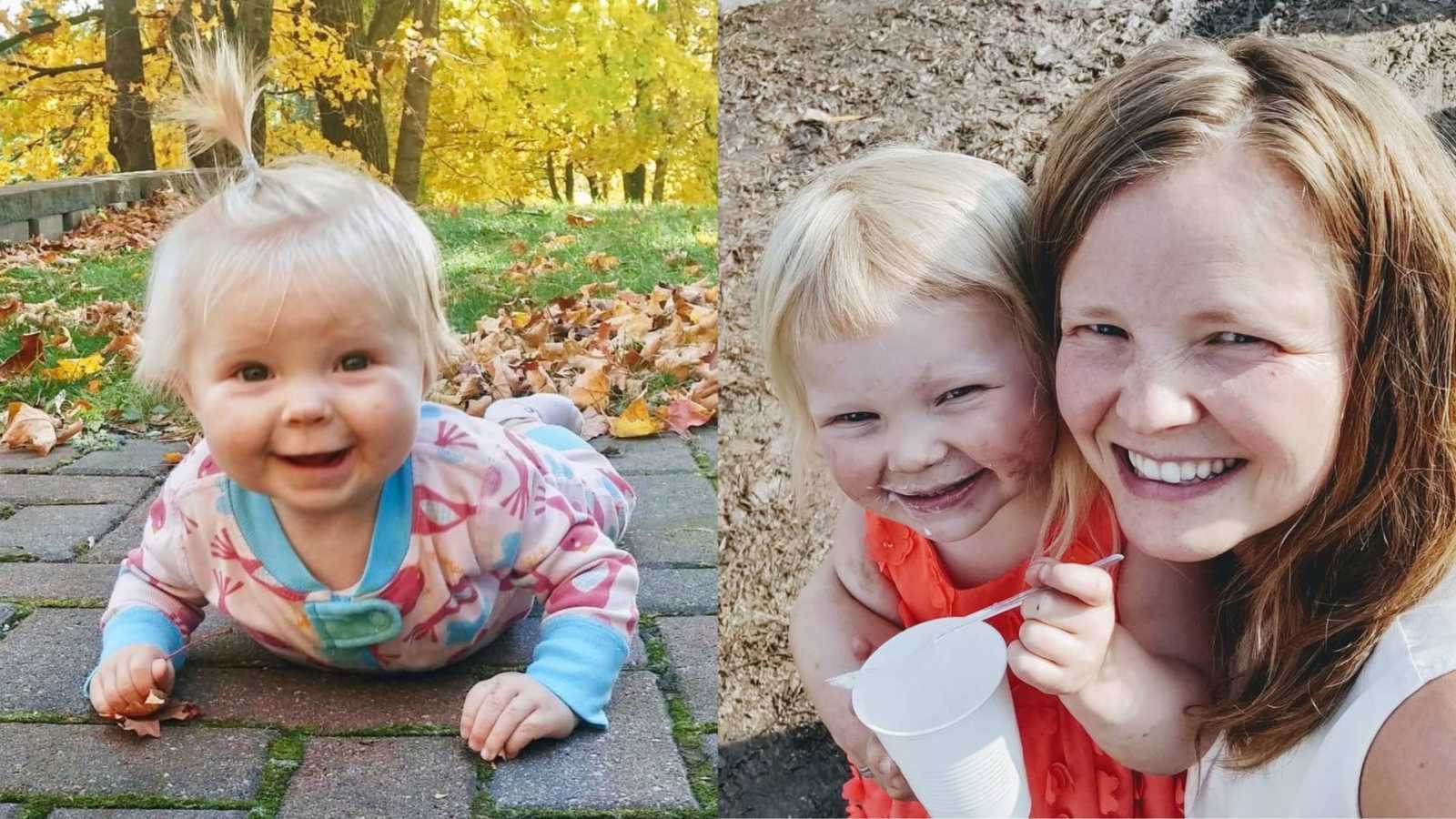“It was Memorial Day weekend, and we were going to go camping at our family farm. My two boys had woken up early. They came and snuggled in my bed with me, before I got up and started preparing for our weekend away. I realized my daughter Aria seemed to be sleeping quite late, and I went to go check on her. As I peeked in her bedroom, I couldn’t tell if she was breathing. As I walked closer to make sure she was okay, I looked at her white feet and I knew something was wrong. When I picked her up, I knew she was gone.
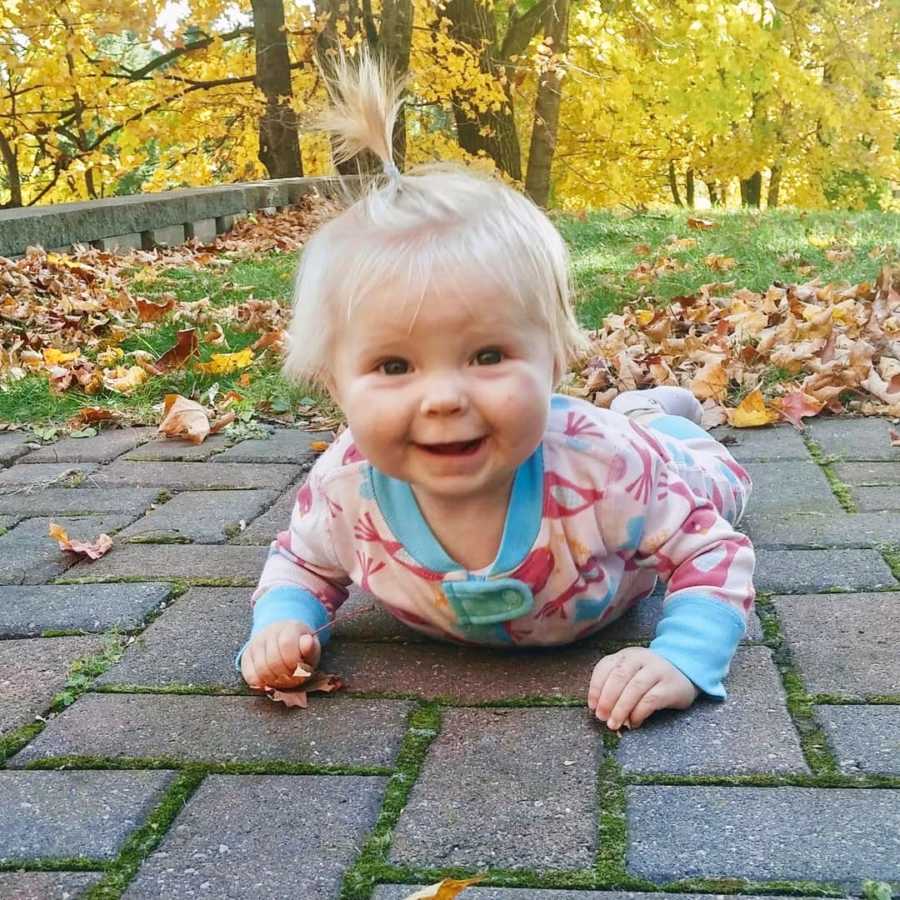
Those moments of terror, panic, shock, have played over in my mind again and again. There are no words to describe how I reacted, or the feelings that went through my body, except that I went crazy. I was just thinking the other day, that those are the moments that my brain snapped. I know these are moments that many of us have experienced when your child dies of SIDS or SUDC. In the aftermath of calling 911, and trying to get ahold of my husband, Justin, over and over again, I knew with certainty that she was gone. I have never experienced such trauma and pain. It’s almost like an out of body experience. It’s not real life, and was something that couldn’t be happening to my princess.
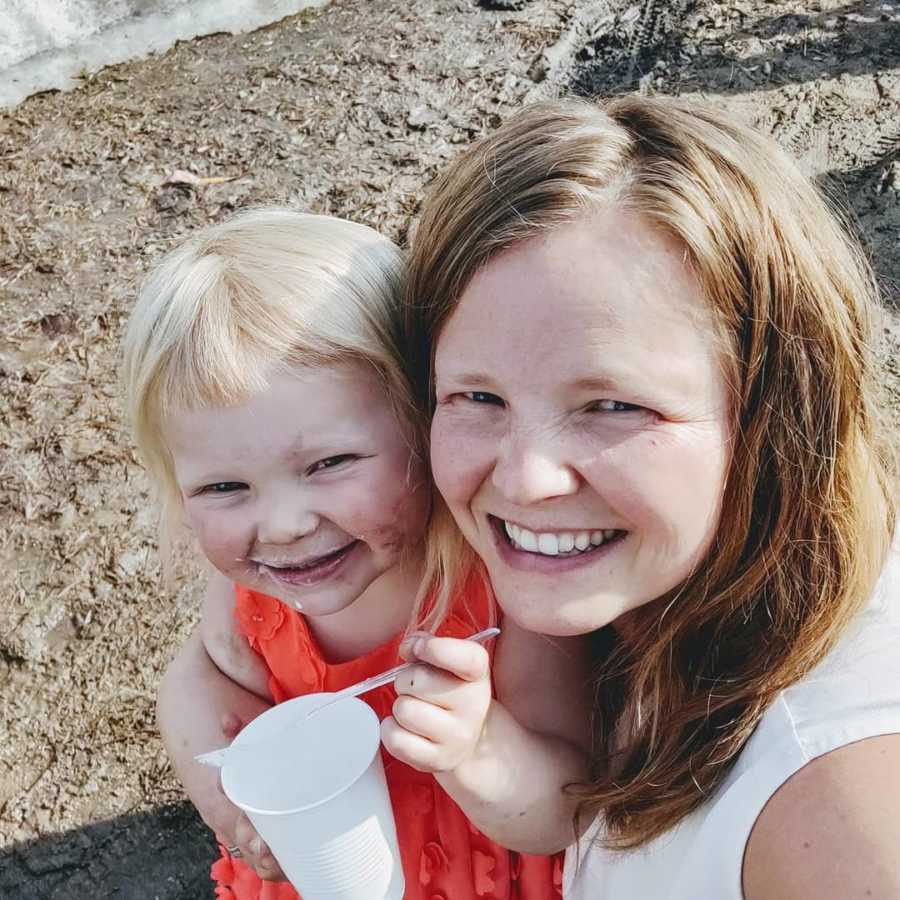
When I look back on that day, I am so thankful for the kindness and care we were given by the police and investigators. I know some people have been treated ‘guilty, until innocent’ with unknown child death causes. We did have to go through and relive our last days with Aria. Then I had to walk through what happened, and how I found Aria. The investigator was incredibly kind, and he said, ‘I am sorry we have to do this, it’s so hard for you. It’s something we need to do when a child dies in the home.’
I kept asking to see Aria again. We were told that the medical examiner needs to okay it because when they do not know how a child has died, we could unintentionally put some bacteria or germs on her that were not previously there. Thankfully, the medical examiner told us that she thinks ‘it’s very important for parents to be able to hold their child.’ So we were able to hold Aria, Justin and I. It was the most terrible and beautiful moment. She looked so peaceful – like she should just open up her eyes and laugh again. You would think it’s odd to want to hold someone who is dead, but it was not weird at all. When it’s your little girl, it feels very natural. Justin and I were so thankful we got those moments with her.
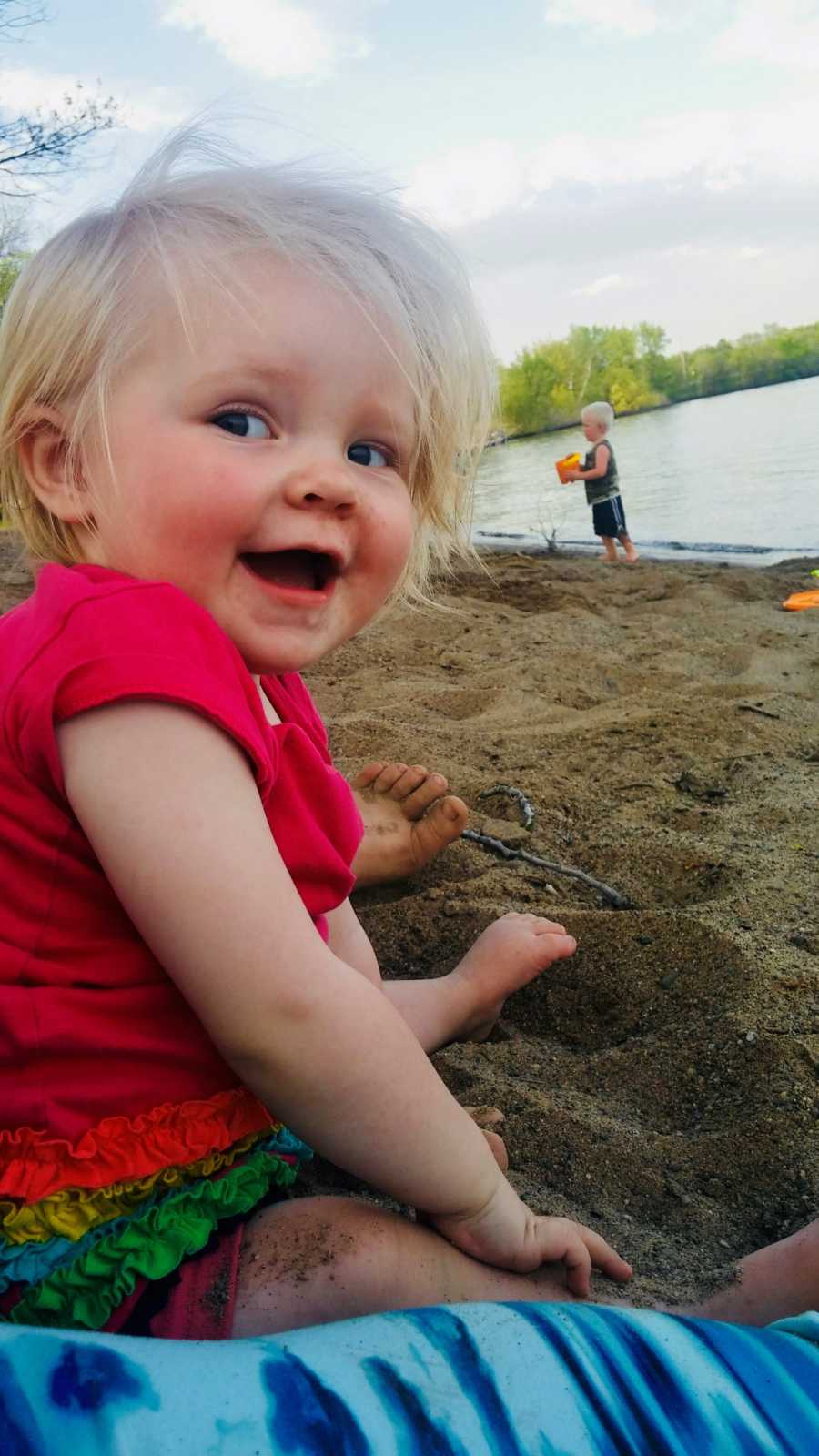
From the day she was born Aria had been my princess. I told everyone she was my princess. After two boys, I loved having a girl. I loved buying cute clothes for her, and dressing her in them. She was 15 months and 11 days, and she was just starting to reach the age where she would try to throw a tantrum, but she was still so innocent and cute that I just laughed at her. Aria never walked, as she had surgery on her hips at a year old, and we were doing a lot of physical therapy when she died to try to loosen muscles that had tightened up from that.
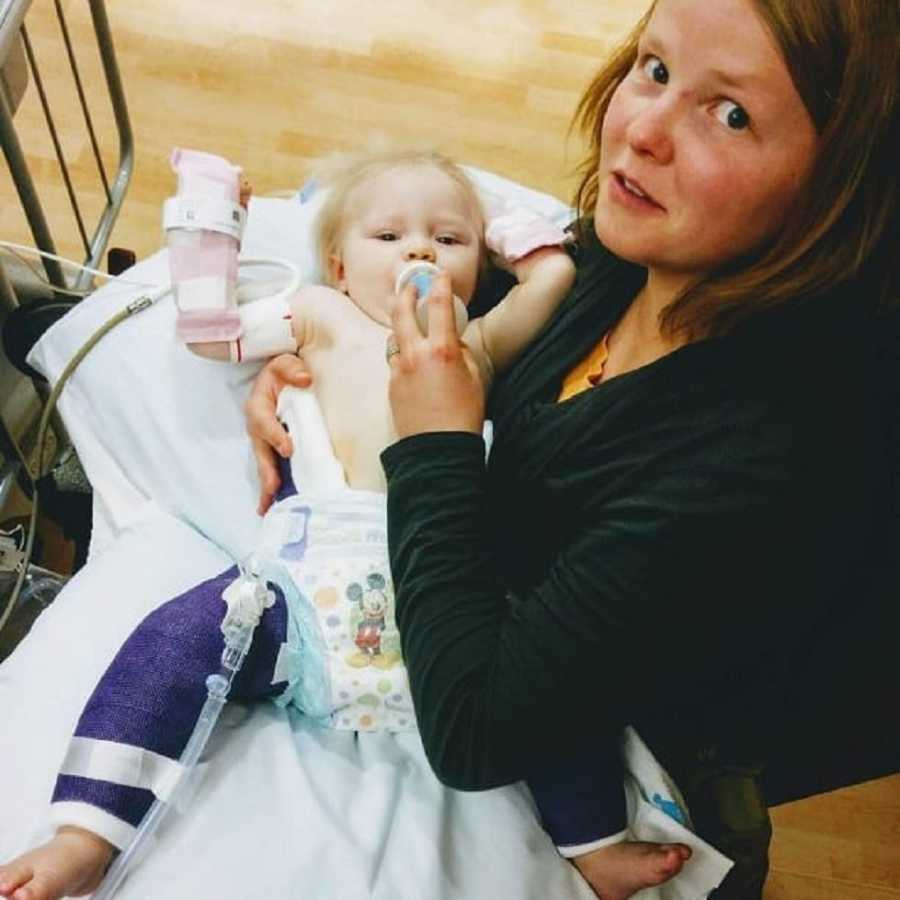
Sudden Unexplained Death in Childhood (SUDC) is super rare. It affects 1.4 in 100,000 children between the ages 1 to 4. It can happen as they get older as well, but the percentages go down even more. It’s similar to SIDS, but once a child turns one, the cause of death changes to SUDC. Basically, Aria died during her sleep. After an autopsy, they found no cause of death. It is so rare, and the last thing I want to do is cause fear in someone else, but it’s a very real and possible thing that can happen. I didn’t know it was possible for babies to die in their sleep after a year old.
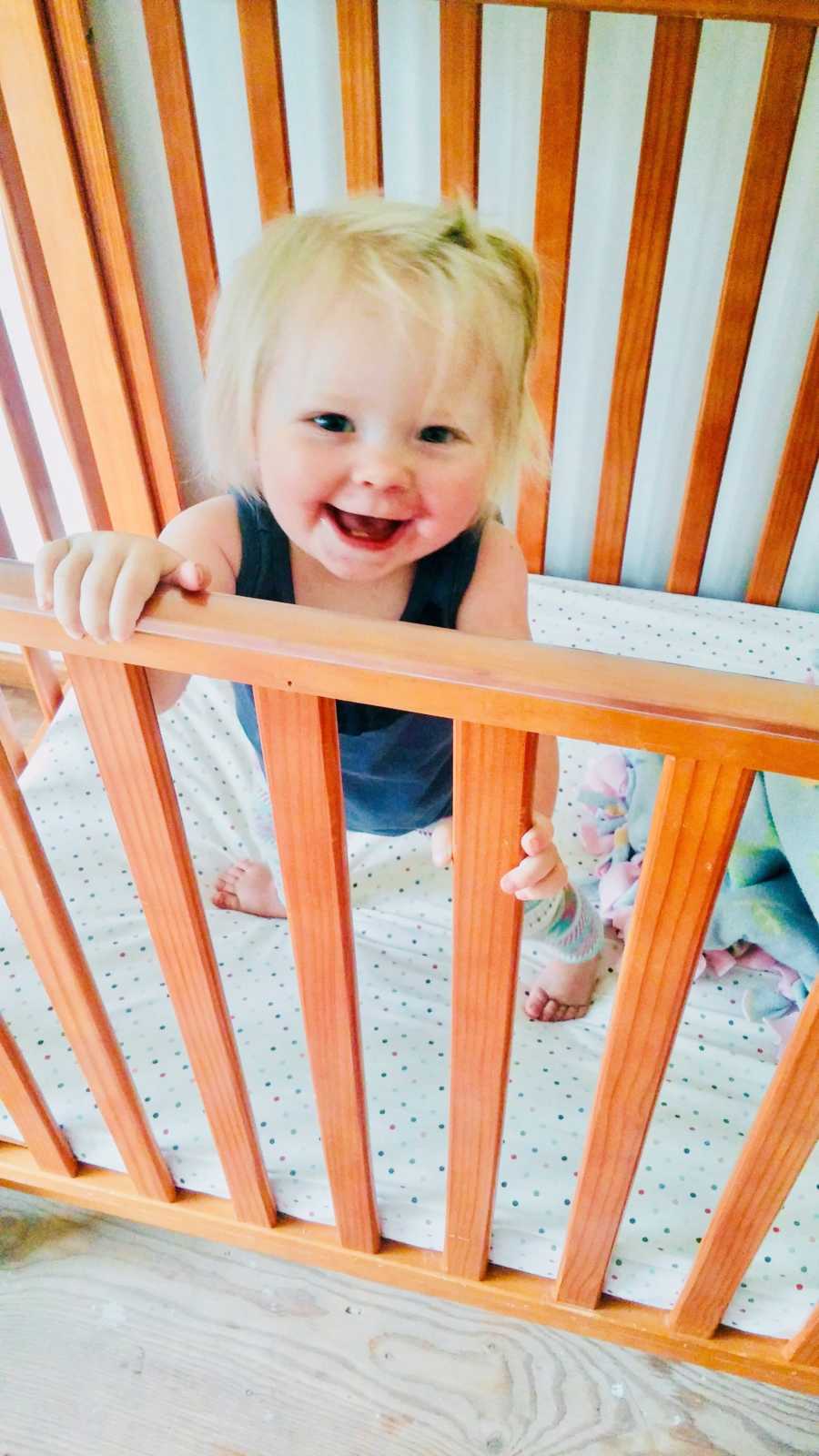
The terror that lived in my body after finding Aria is difficult to describe. I would walk down the stairs to check on my boys every morning to make sure they were okay, and my heart would be pounding. I was certain in my mind that I was going to find both of my boys dead as well. There were a few times where I thought they were gone. Until I saw signs of life in them, my whole body reacted the same way it did when I found Aria – panic, terror, shock. I felt like I was losing control of my life and my mind. I would sit on the floor shaking and sobbing after every episode, feeling so drained. Eventually, I began to pretend I was sleeping until my boys came upstairs to my bed. This meant I stayed in bed for a long time after I really woke up. I would lay in an anxiety and panic stupor until they came upstairs. I could not bring myself to go check on them.
When our daughter Brilynn was born 4 weeks after Aria died, this panic and terror was only reinforced. Every night, I put her to bed in a crib next to me, and I would tell myself there is nothing I can do. If she is going to die, she is going to die. She is in God’s hands, and he will take care of her. Then I would close my eyes for about 2 minutes, and pop up in panic, shaking her and certain she wasn’t breathing. This was such an exhausting and stressful way to live. This happened night after night, and constantly during the day. I couldn’t put Brilynn out of my eyesight for more than 2 minutes. The thoughts running through my head were, ‘A baby can stop breathing at any second, it takes a minute and they are gone,’ and ‘I’ve been away from her for too long, she is most certainly dead by now.’ (it had probably been 5 minutes).
I knew I wanted to go to counseling, as I wanted tools and support as I tried to navigate these very unknown waters. The therapist I was seeing told me she thinks I might have Post-Traumatic-Stress-Disorder (PTSD). When I looked up the symptoms, I was utterly relieved. The symptoms listed many things I was experiencing: avoidance, flashbacks, hypervigilance, angry outbursts, and anxiety. It was amazing to have what I was experiencing laid out in front of me and know there was a name for it. I felt like I was going crazy. The stress that was inside my chest felt like it was slowly killing me.
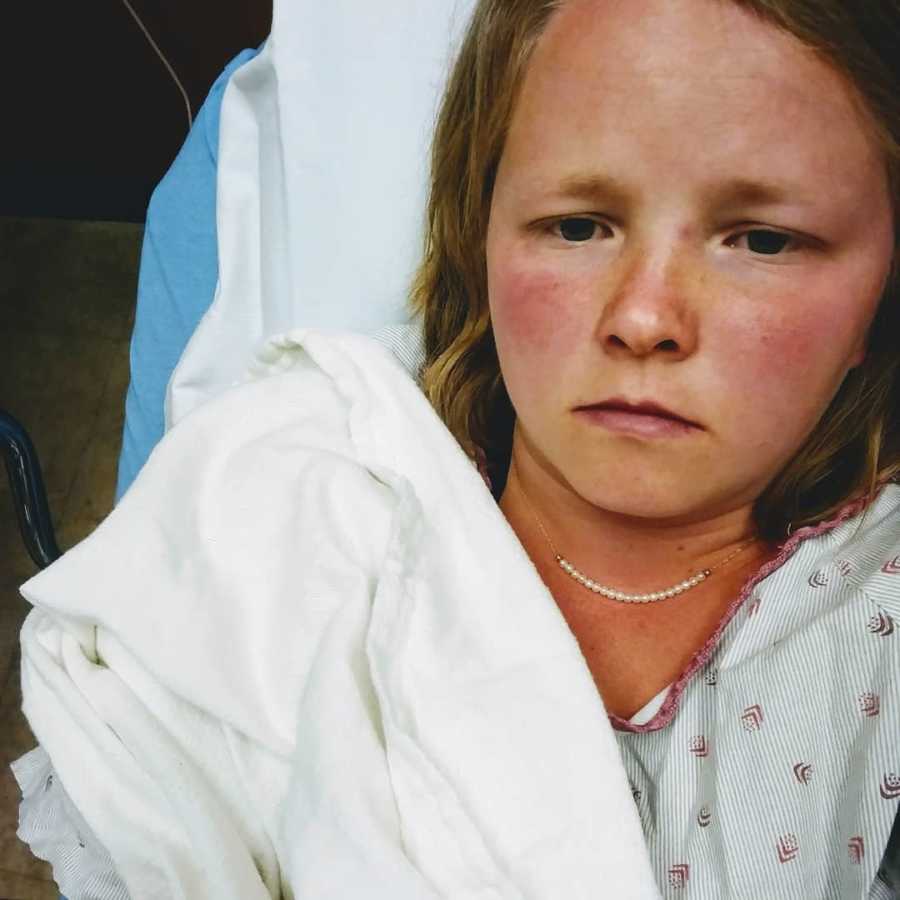
It’s hard for me to separate grief and PTSD as they both live closely in my body. I spent a couple of months going to therapy twice a week doing a therapy called Eye Movement Desensitization and Reprocessing. This was incredibly helpful, and I believe the reason I am able to live a normal life. It has taken my symptoms of PTSD from a 10+ down to maybe a 2 or a 3. I still live with this trauma every day. Every day I check on my kids when they are napping, and I still wonder if I will find another dead child. It’s changed though, as my body does not respond to it like it has, and I do not seriously believe they are gone.
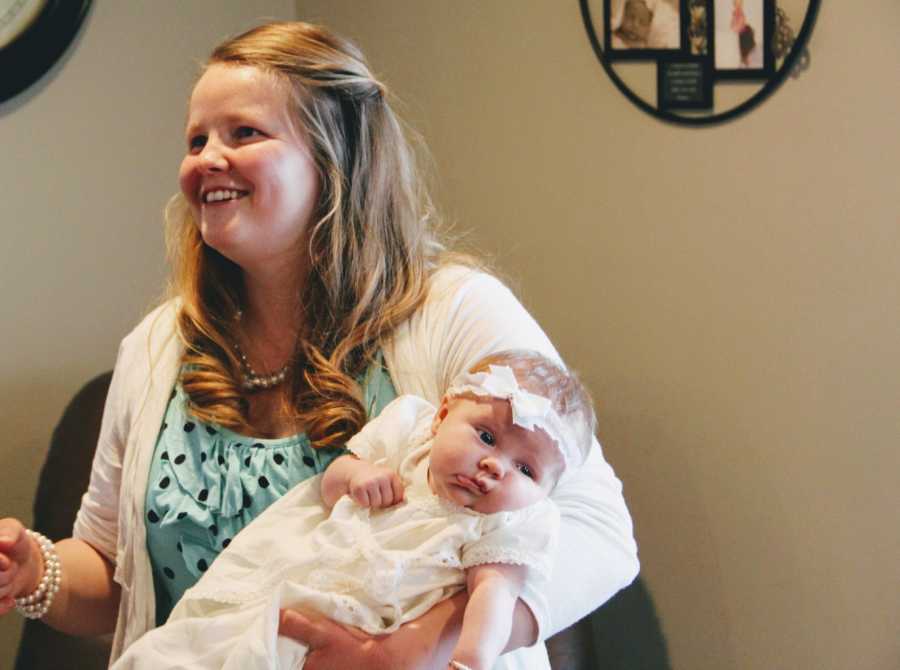
I never expected my child to die. I worried about one of them dying from time to time, but I always thought I would just die right along with my child if that happened. I didn’t know how I would be able to keep going. I’ve learned, that when your child dies, you don’t have any choice. Your life keeps going, and theirs stops. It’s a dark and heavy place to be. It felt right to me to allow myself to be wherever I went with my grief. Through therapy and reading a little bit about grief, I learned that the emotions I was feeling were normal and valid. Anger, guilt, depression, anxiety, numbness, nothingness, and acceptance were all emotions I moved in and out of constantly. Grief is not a neat little path you follow. It’s more like a hurricane and roller coaster that throws you around from emotion to emotion.
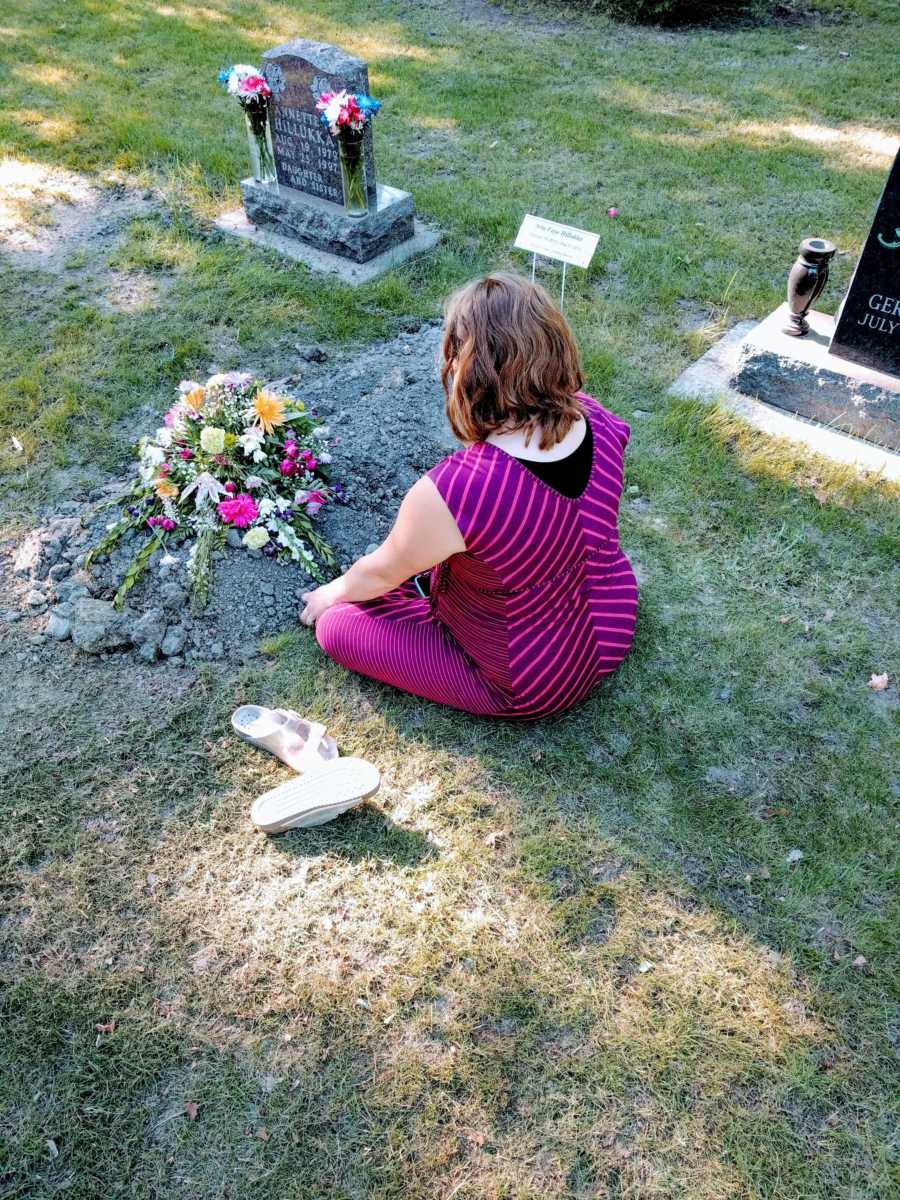
I have felt that allowing myself to sit with these emotions and find ways to process them has helped me learn to carry my grief. It still comes for me 3 years later. You see, grief never goes away. It is always there. Losing my daughter Aria will be with me the rest of my life – I don’t ever want to forget her. It has changed my perspective on life in so many ways, both terrible and beautiful. I am a lot more anxious, jaded, and not as naive. But I have more compassion, an ability to soak in the moment, and appreciation for all that we experience in this life. I am learning to carry my grief, and for this I am thankful.”

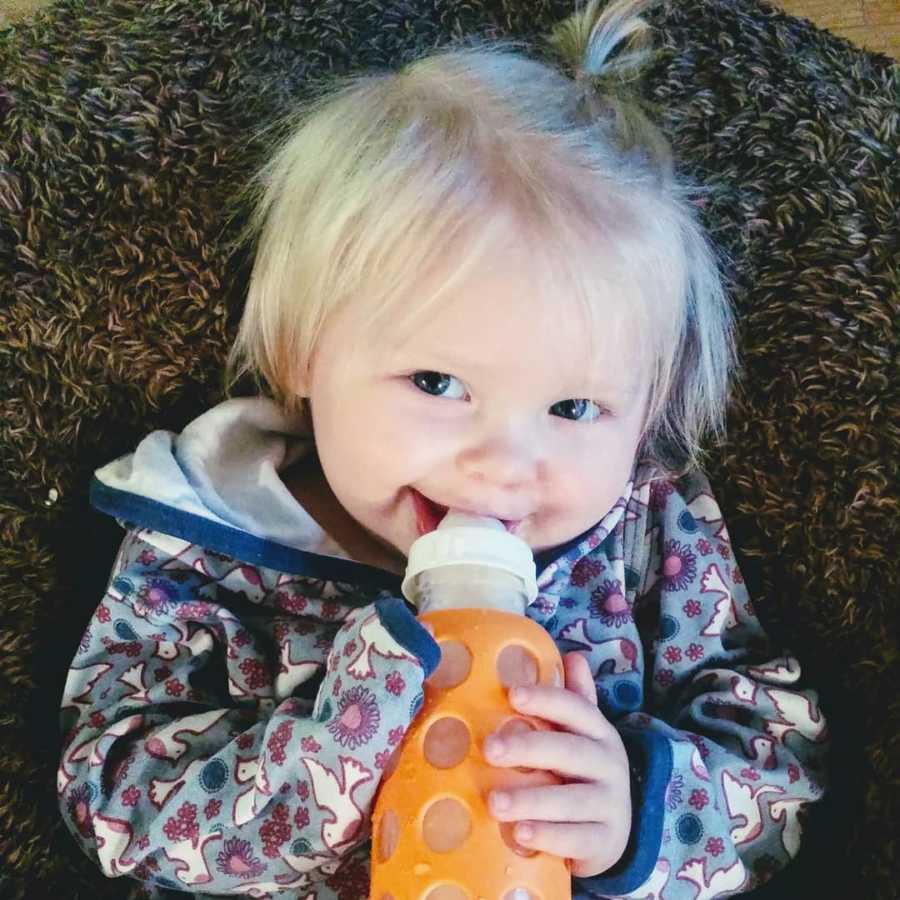
This story was submitted to Love What Matters by Megan Hillukka. You can follow her journey on Instagram and her blog. Do you have a similar experience? We’d like to hear your important journey. Submit your own story here, and be sure to subscribe to our free email newsletter for our best stories.
Read more powerful stories of parents working through child loss:
Do you know someone who could benefit from this story? Please SHARE on Facebook to let them know a community of support is available.

